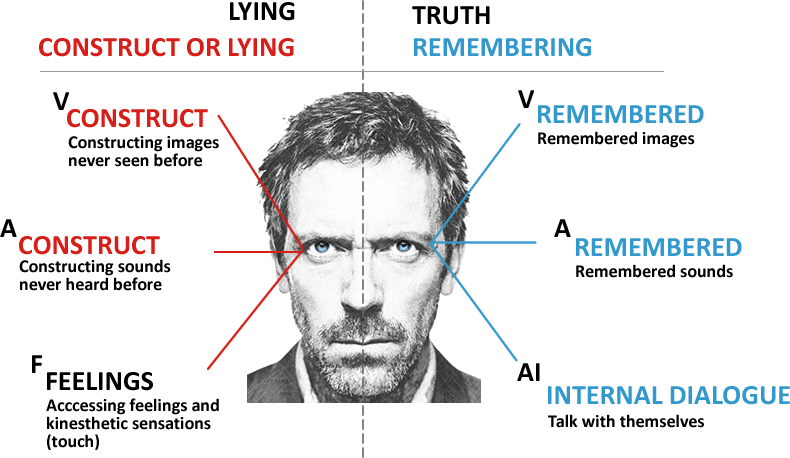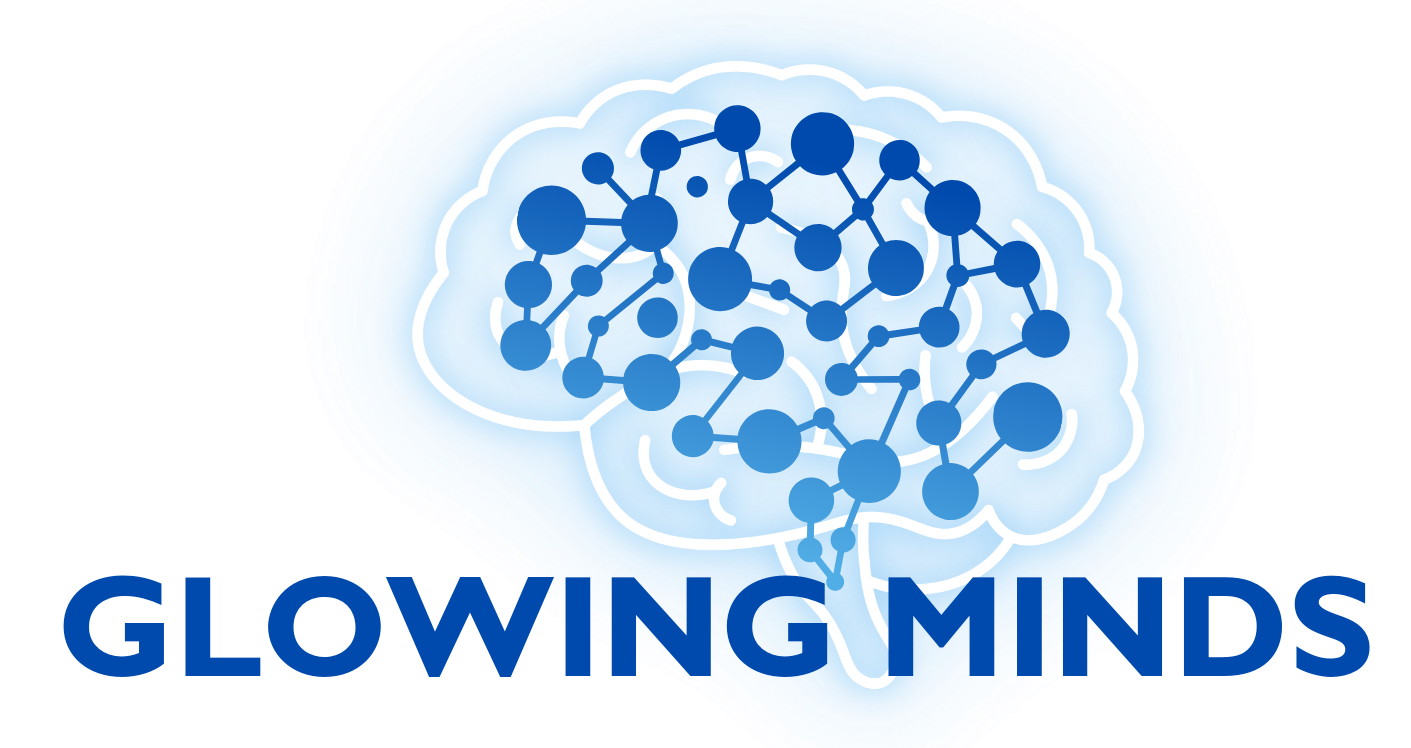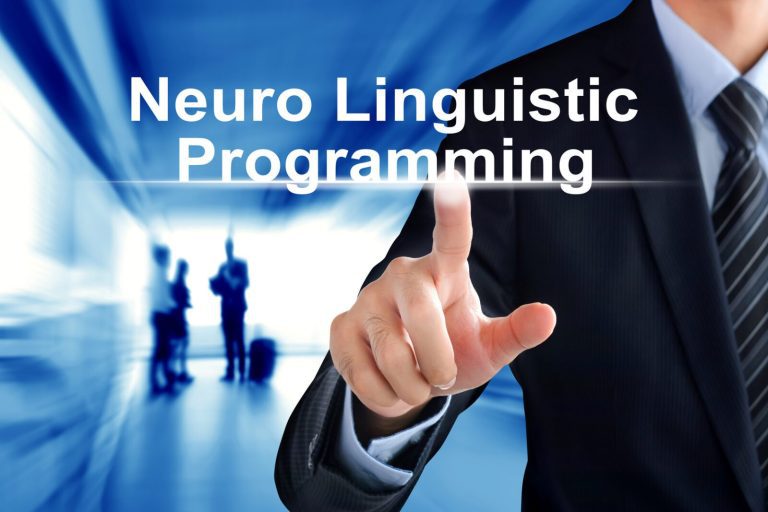Unveiling the Mind’s Secrets: Exploring the Eye Pattern NLP Technique and Its Transformative Benefits
Introduction
In the world of Neuro-Linguistic Programming (NLP), people have always been curious about how the mind works. One interesting technique in NLP is the Eye Pattern Technique. It’s like a special tool that helps us peek into how our minds think. This article will explore the Eye Pattern NLP Technique, explaining how it works and how it can really help us grow personally, communicate better, and understand ourselves more.
Decoding the Eye Pattern NLP Technique
The Eye Pattern NLP Technique centers around the idea that our eye movements can provide insights into how we process information internally. According to this technique, different eye movements are associated with distinct cognitive processes, such as thinking, recalling memories, constructing images, or accessing emotions. By closely observing these eye movements, NLP practitioners can gain valuable insights into an individual’s thought patterns and communication style.
Understanding the Eye Movements
The Eye Pattern NLP Technique classifies eye movements into six directions, each linked to a specific cognitive process:
- Up and to the Left: Associated with Visual Remembered (VR). This indicates that the person is visually recalling a previously experienced image.
- Up and to the Right: Tied to Visual Constructed (VC). This suggests that the person is creating a new mental image.
- Left Sideways: Linked to Auditory Remembered (AR). It implies that the individual is recalling a sound or dialogue from memory.
- Right Sideways: Aligned with Auditory Constructed (AC). This indicates the creation of new sounds or dialogues internally.
- Down and to the Left: Associated with Kinesthetic (K). It suggests that the person is recalling or processing emotions and body sensations.
- Down and to the Right: Linked to Auditory Digital (AD). This implies that the person is engaging in internal dialogue or self-talk.

The Benefits of the Eye Pattern NLP Technique
- Enhanced Communication: Understanding an individual’s preferred eye movement patterns can enable effective communication. By tailoring your language to match their cognitive processes, you can establish rapport and convey ideas more convincingly.
- Personal Growth: Knowing yourself well is super important for growing as a person. The Eye Pattern NLP Technique helps you see your main ways of thinking, so you can work on your weaknesses and make the most of your strengths.
- Memory Enhancement: If you notice how someone’s eyes move when they remember things, it can help improve their memory. This is really handy for learning and when you need to remember a lot of stuff.
- Emotion Regulation: Identifying the eye movement associated with emotions (down and to the left) can help individuals manage their emotions and navigate challenging situations more effectively.
- Therapeutic Applications: Therapists and counselors can employ this technique to delve into clients’ thought processes and emotions, aiding in therapeutic interventions and facilitating emotional healing.
Ethical Considerations and Caution
While the Eye Pattern NLP Technique offers valuable insights, it’s essential to approach it with caution. Eye movements can vary due to cultural differences, and interpreting them incorrectly can lead to inaccurate conclusions. Moreover, this technique is best used by trained professionals to ensure its ethical and responsible application.
Conclusion
The Eye Pattern NLP Technique shows how our thinking, talking, and inner feelings are all linked. It’s really good at figuring out how we think and finding hidden patterns in our minds. This technique is amazing because it helps us get better at personal growth, therapy, and talking to others. It reminds us that our eyes can reveal a lot about how complex we are as humans.







